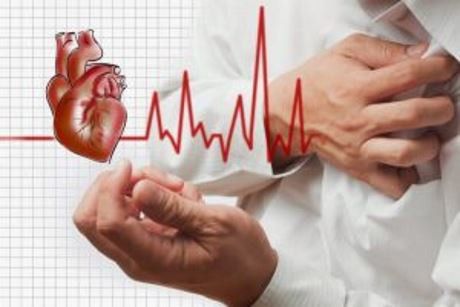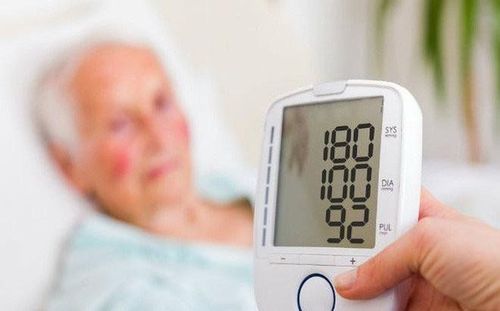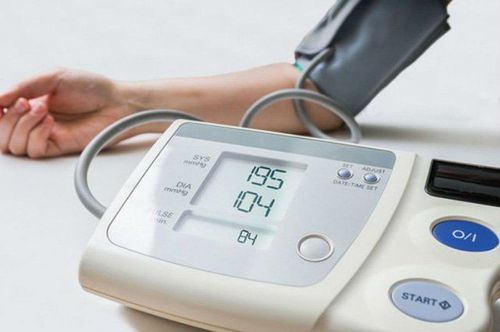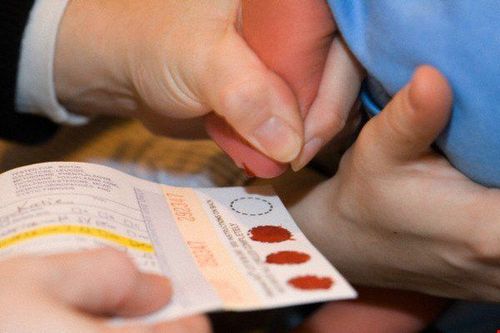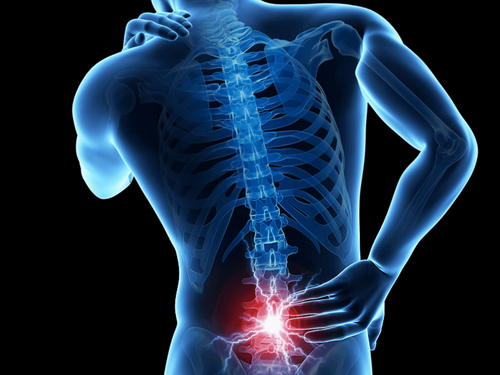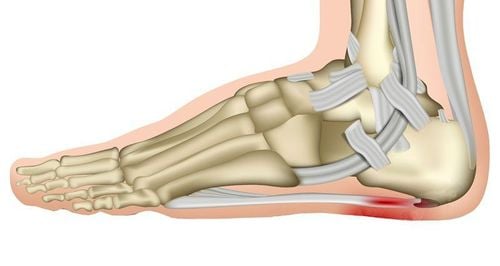Nội dung bạn đang tìm kiếm không có phiên bản tiếng Việt.
Vui lòng chọn tiếp tục để xem nội dung tiếng Anh hoặc đi đến trang chủ Tiếng Việt.
Rất xin lỗi về sự bất tiện này.

Home
Tag DNA
Articles in DNA
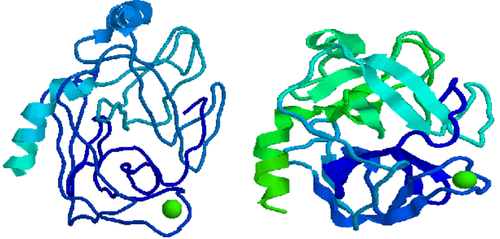
What are enzymes and how do they work?
Enzymes play a huge role in the daily functioning of the human body. By binding and changing compounds, they help maintain proper functioning of the digestive system, nervous system, muscles and other organs.
Xem thêm
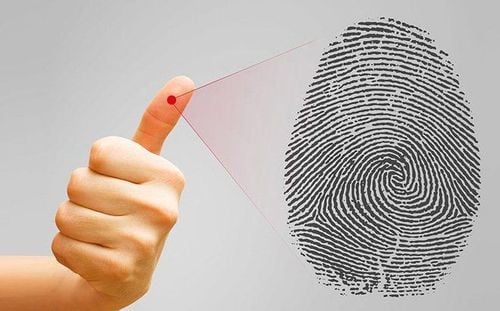
The formation of fingerprints in humans
Fingerprints have been used for over 2000 years. They have been extensively studied by anthropologists and biologists. A person's fingerprints begin to form around the 13th week of pregnancy and are completed around the 19th to 24th week. Fingerprints are unique, difficult to change, and remain relatively stable throughout a person's life. They represent a person's basic characteristics.
Xem thêm
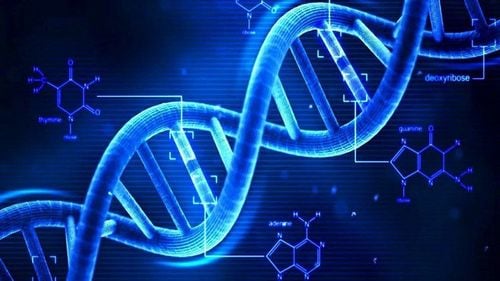
Gene sequencing: Cracking the genetic code for foodborne illness
Genetic sequencing technologies cannot sequence the entire food genome at once. Therefore, the genome must be broken down into smaller DNA fragments, sequenced, and then reassembled in the correct order using bioinformatic approaches.
Xem thêm
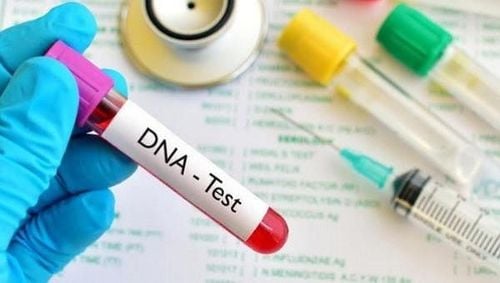
What is DNA and what does DNA testing mean?
DNA is a molecule that carries genetic information, which tells how to make proteins that are important for the growth and development of all living things. DNA testing can reveal changes (mutations) in genes that can affect health.
Xem thêm
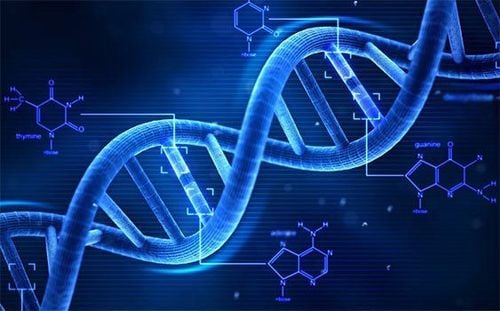
Telomeres and their association with aging diseases, cancer
In the normal cell cycle, telomeres shorten with the aging process of the body. Therefore, telomere length that is shorter than the average length for a certain age group has been shown to be associated with an increased risk of aging diseases or a reduced lifespan in humans.
Xem thêm
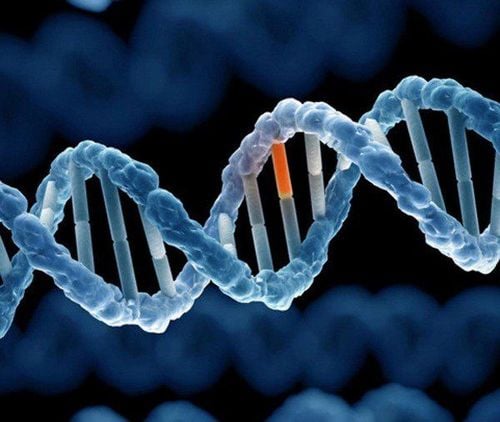
Number of genes in the human body
Genes are the basic physical and functional units of heredity. The human genome is made up of DNA, some genes act as instructions for making molecules called proteins. However, many genes do not code for proteins. In humans, genes range in size from a few hundred DNA bases to more than 2 million bases.
Xem thêm
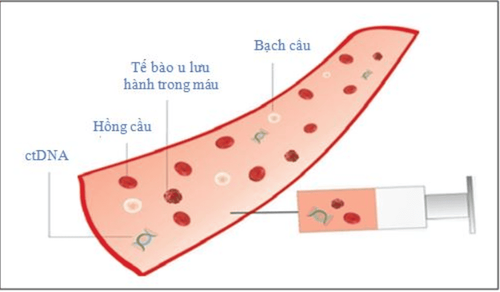
Liquid Biopsy - Liquid biopsies in cancer diagnosis and screening: promises and challenges
Liquid biopsy in cancer refers to the isolation and analysis of tumor-derived materials such as DNA, RNA, intact cancer cells, and extracellular vesicles (EVs) in body fluids such as blood, urine, saliva, and feces [1,2]. Solid tumors release a variety of materials into body fluids at adjacent tissue sites, and the most common are tumor-derived DNA fragments (ctDNA) or circulating tumor cells (CTCs).
Xem thêm
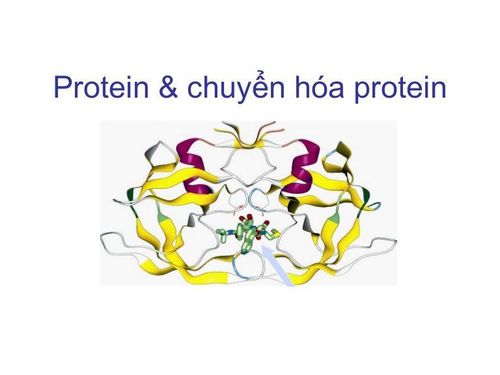
Protein metabolism in the body
Protein metabolism in the body involves various biochemical processes that play a role in the synthesis of proteins and amino acids through anabolism, and the breakdown of proteins through catabolism.
Xem thêm
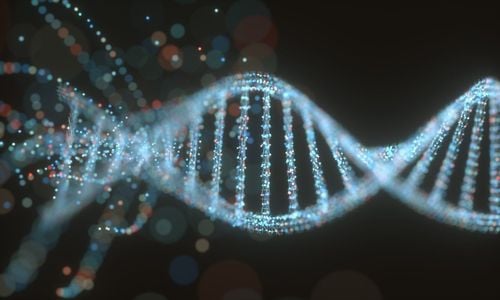
Do all genetic mutations affect health and development?
gene mutation is a permanent change in the DNA sequence that makes up a gene, causing the sequence to be different from what is found in most people. The size of the mutation can affect anything from a single DNA building block (base pair) to a large segment of a chromosome that includes many genes. But do all gene mutations affect a person's health and development?
Xem thêm
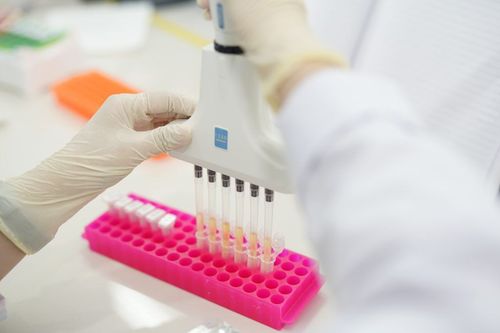
The role of the Guardant Reveal liquid biopsy test
Guardant Health has launched the Guardant Reveal liquid biopsy test to detect residual cancer cells and the possibility of recurrence in patients with early-stage colorectal cancer.
Xem thêm
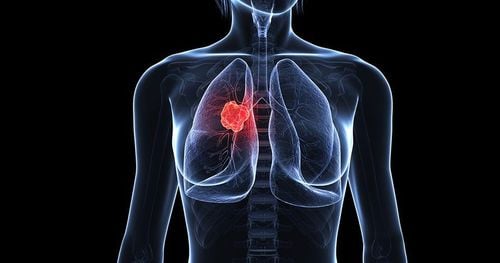
Overview of gene mutations in lung cancer
Several gene mutations are associated with non-small cell lung cancer (NSCLC). Having one of these mutations can affect the type of treatment your doctor recommends.
Xem thêm





